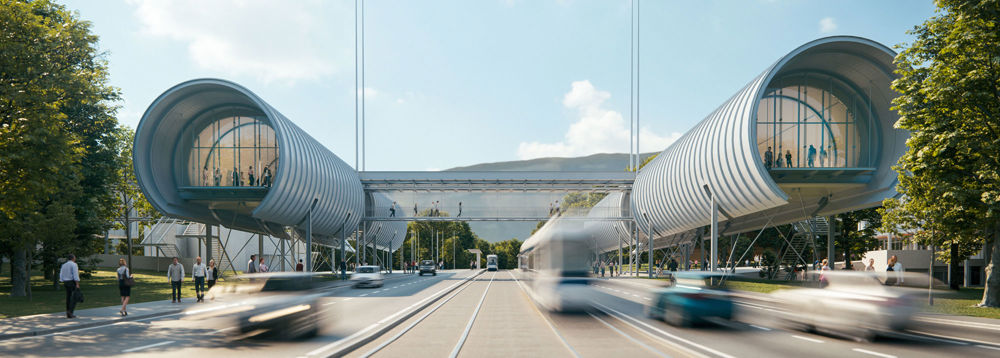Critical environment controls in big science
Our expert teams possess a deep understanding of the intricate requirements for designing and maintaining the critical environments that big science experiments need.
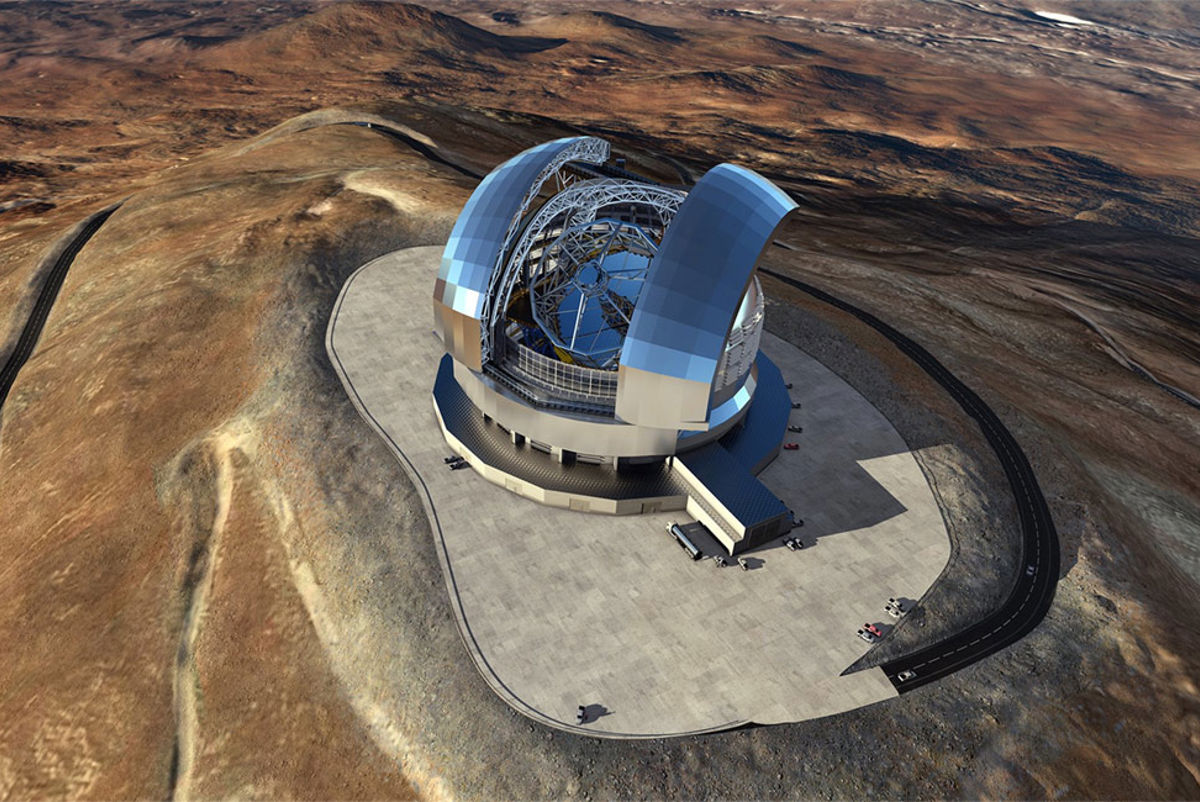
Such projects involve a comprehensive approach across a variety of specialist services, ensuring precision, reliability, and safety. This includes the meticulous management of factors such as precise temperature and humidity control, as well as advanced air quality management. Arup tailors our solutions to the unique needs of each facility, while adhering to industry standards and ensuring optimal performance.
Sensitive instruments need environments where vibration, electromagnetic fields, temperature, air currents and acoustics are actively controlled. Arup’s specialist experts in seismic design, vibration, process, and building services engineering seamlessly collaborate to enhance the overall functionality of critical environments. Our responsibilities extend to the integrated design of low vibration environments, incorporating structural and thermal systems, as well as site assessments to evaluate background vibration conditions.
We integrate these unique functions within the Building Management Systems to enable centralised monitoring, providing real-time insights into the facility's performance. Using computational fluid dynamics (CFD) to analyse fluid flow, we deliver science tool-specific solutions and advanced controls to elevate the efficiency and performance of critical environments to the highest standards.
In order to best conduct high-level research in catalysis and material application science, PNNL built a new Energy Sciences Center (ESC). Now open, the ESC focuses on the chemical processes, materials, and technologies at play in energy consumption, and serves as a signature lab on their main campus.
Working with Kirksey Architecture and Harvey-Cleary Builders, Arup provided structural, mechanical, electrical, plumbing, and fire engineering services for the new facility.
The building takes waste heat from the computing operations, and through the heat transfer building, passes along the heat to other buildings on campus, including the ESC. This has laid the groundwork for a future heat-sharing network that can be part of the broader campus infrastructure.
Get in touch with our team
Explore
Find out more about how our services can support you:
Projects
Explore more science projects
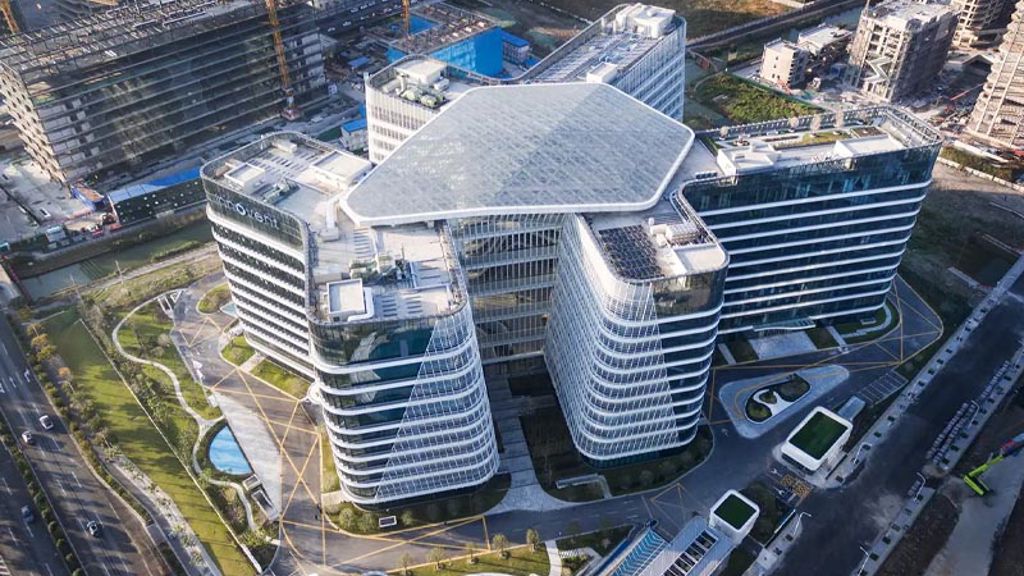
Shaping the future of research environment
Innovent Biologics Global R&D Center, Mainland China
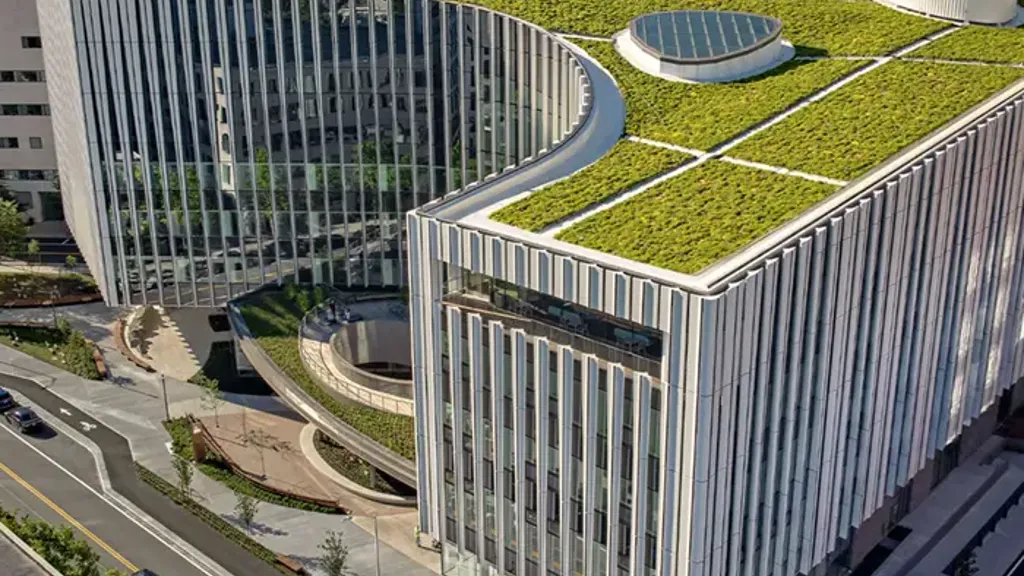
A space for life-saving research
Ragon Institute, United States of America

Designing high-performance laboratory infrastructure to foster research collaboration
Pacific Northwest National Laboratory Grid Storage Launchpad (GSL), United States of America
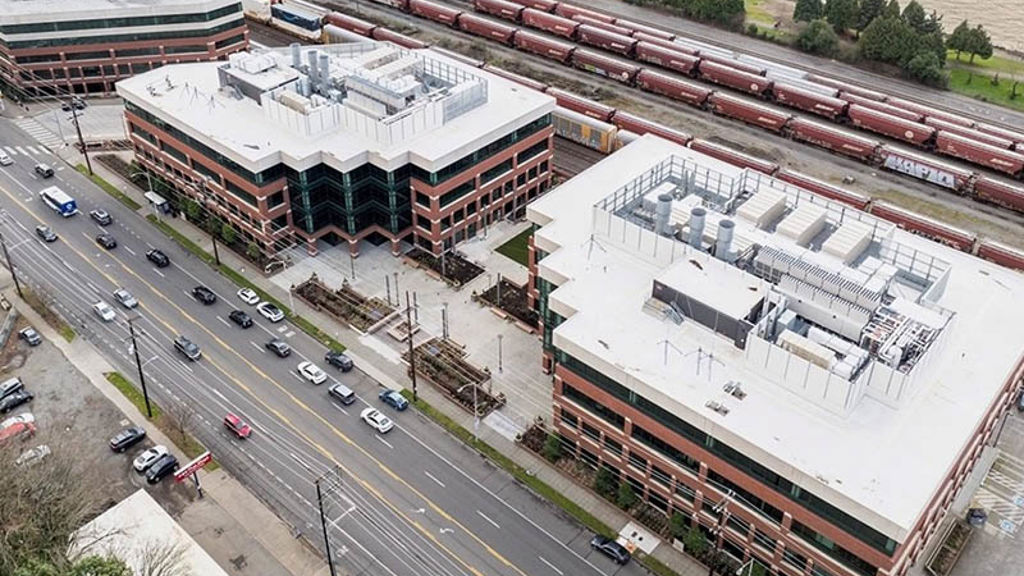
Employing adaptive reuse to support Seattle’s growing life sciences industry
Unison Elliott Bay, United States of America
Big science
Whether you are looking to leverage funding mechanisms, achieve new technical benchmarks, navigate project risks, meet changing regulatory requirements or bring consensus to a diverse group of stakeholders, Arup can help to achieve these goals.
